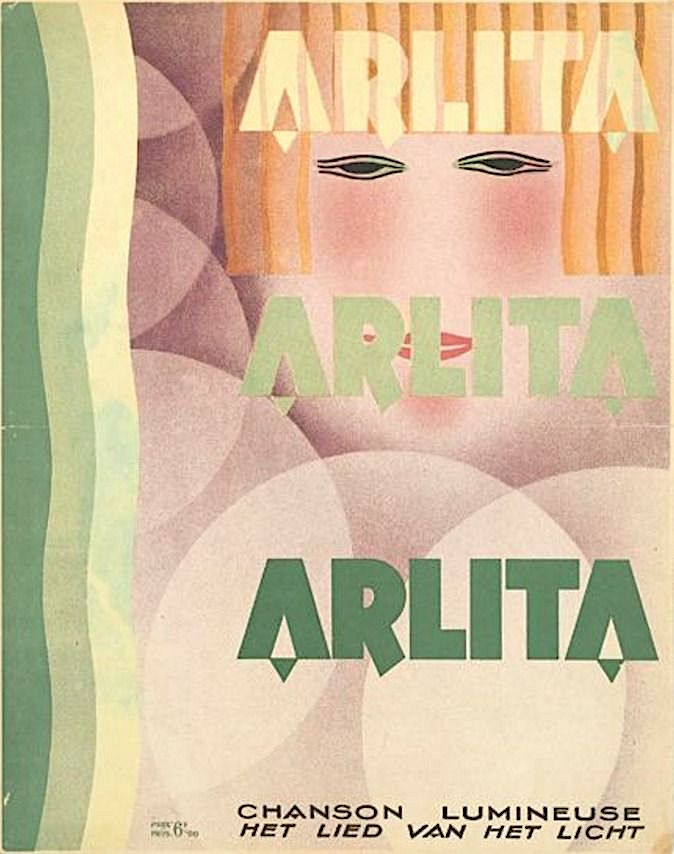Since Radiohead’s last release, A Moon-Shaped Pool, members of the band have been absorbed in other projects. They’ve turned their band’s website into an archive for their discography and a library for rarities and ephemera — sending not-so-subtle signals their time together has reached a natural end, even if drummer Phil Selway said in 2020 “there are always conversations going on…. We’ll see. We’re talking.”
Two of the band’s most prominent members, guitarist Jonny Greenwood and frontman Thom Yorke, devoted their talents to film scores, a medium Greenwood has explored for many years: in the theatrical violence of There Will Be Blood, for example, the horrific aftermath of We Need to Talk about Kevin, and the almost balletic bloodiness of You Were Never Here. Yorke, meanwhile, scored Luca Guadagnino’s remake of Dario Argento’s Suspiria, a film in which ballet dancers’ bodies are broken and bloodied by black magic.
Greenwood, Yorke and company excel at conjuring atmospheres of dread, despair, and disorientation, traits that suit them well for arthouse film. They might not have seemed a natural fit, however, for ballet. And yet, Jason Kottke reports, the two are “together at last” — or at least as of 2016, when choreographer Robert Bondara toured Take Me With You, a piece scored to several Radiohead songs, including In Rainbows’ “Reckoner,” which you can see interpreted above by two dancers from the Polish National Ballet.
The performance is an athletic response to a kinetic track, in choreography not unlike pairs figure skating at times. It is not, however, the first time the band has inspired a ballet. In 2005, Romanian dancer and choreographer Edward Clug created a modern interpretation of Shakespeare set to songs from OK Computer and Kid A. Radio and Juliet debuted in Slovenia, toured the world, celebrated its hundredth performance in 2012, and was scheduled to open in Moscow in 2020.
Clug drew on a prior connection: OK Computer’s “Exit Music (For a Film)” was written for, but not used in, the 1996 Baz Luhrmann film adaptation of Shakespeare’s play. After Radio and Juliet, Clug once again drew inspiration from his favorite band (“They are the soundtrack to my other side; listening to them feels like I’m finding a self that I haven’t met yet.”) Clug’s piece “Proof” (preview above), set to “Feral” from The King of Limbs, debuted in 2017, his first for the Nederlands Dans Theater. If we are to have no more Radiohead, here’s hoping at least we’ll see more Radiohead ballets.
Related Content:
Radiohead’s Thom Yorke Performs Songs from His New Soundtrack for the Horror Film, Suspiria
Josh Jones is a writer and musician based in Durham, NC. Follow him at @jdmagness


















